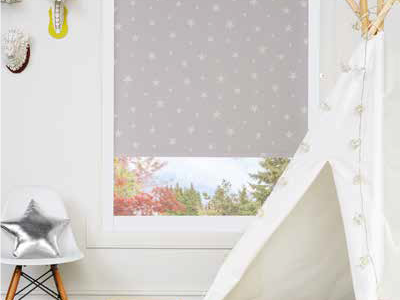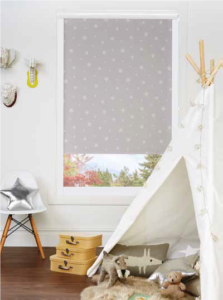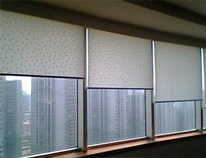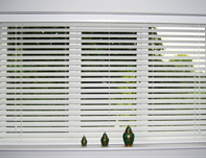CARE INSTRUCTIONS FOR OUR CANVAS, MESH & ACRYLIC OUTDOOR BLINDS
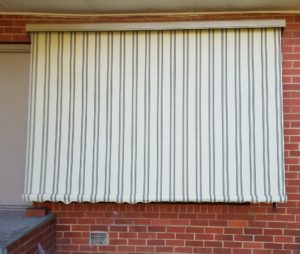 Upon receipt of your blind, extend the blind fully and thoroughly inspect to ensure it meets your expectations and matches the order. During fabrication of the blind (either Mesh or Acrylic), some minor wrinkles can occur in the fabric. If this is apparent on full extension of the blind, do not roll it back. To remove the wrinkles, simply keep the blind extended for a number of days exposed to full sun. For Canvas blinds, extend and wet the surface using a domestic hose at a moderately high water pressure for several minutes until evenly saturated and then expose the blind to full sun until completely dry.
Upon receipt of your blind, extend the blind fully and thoroughly inspect to ensure it meets your expectations and matches the order. During fabrication of the blind (either Mesh or Acrylic), some minor wrinkles can occur in the fabric. If this is apparent on full extension of the blind, do not roll it back. To remove the wrinkles, simply keep the blind extended for a number of days exposed to full sun. For Canvas blinds, extend and wet the surface using a domestic hose at a moderately high water pressure for several minutes until evenly saturated and then expose the blind to full sun until completely dry.
TO HELP EXTEND THE LIFE OF YOUR PRODUCT :
- To ensure proper function of the blind, fully extend blind on a regular basis ;
- Roll up only when blind is clean and dry;
- Roll up completely if high winds or storms are expected so no undue strain is placed on the fittings and mountings;
- Fold scallop back against blind fabric and roll up so it is fully protected from the weather etc.;
- Roll up blind when doing maintenance work nearby (eg. cleaning gutters, mowing & trimming lawns);
- Pull blind down evenly standing from a centre position and use pull down stick if necessary;
- To remove mildew, dirt and grime from blind, brush dry fabric with a soft brush (DO NOT SCRUB) and/or wet surface with domestic hose) and dry in the sun;
- IMPORTANT – remove mildew as soon as it appears;
- To avoid stains etc. remove any organic matter promptly from surface (leaves, grass, bird droppings or vehicle exhaust)
- DO NOT USE soap, detergents, solvents or other liquid cleaners.
- NEVER USE strong bleaches (eg. Chlorine).
- We recommend BrellaGuard to help preserve the life of your Canvas Awnings.
CARE INSTRUCTIONS FOR OUR CLEAR/TINTED PVC OUTDOOR BLINDS
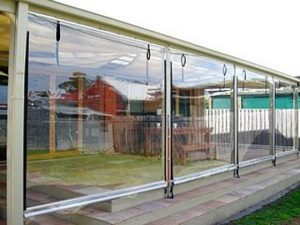 To ensure proper function of the blind, fully extend blind on a regular basis ;
To ensure proper function of the blind, fully extend blind on a regular basis ;- Roll up only when blind is clean and dry;
- Roll up completely if high winds or storms are expected so no undue strain is placed on the fittings and mountings;
- Roll up blinds when doing maintenance work nearby (eg. cleaning gutting and mowing lawns);
A PVC blind is not a solid structure so small changes can occur over time and especially in both winter and summer.
- PVC blinds may be slightly baggy when first installed;
- Preserve the life of the blind by treating it carefully so it retains its shape and functions properly;
- PVC blinds react overtime to their exposure to sunlight which may cause variations in the blind to another depending on their positioning to the sun.
- PVC blinds contract and tighten up in winter (a small allowance is made for this when measuring for the blind);
- PVC blinds sometimes show white foggy marks when rolled down after a long period of being rolled up in the rain. This will disappear in 5-10 days depending on exposure time during sunlight;
- PVC blinds may stretch and become quiet soft depending on their exposure time with the sun;
- In an enclosed area PVC blinds will create a hot house effect so may have to rolled up during hot days.
TO EXTEND THE LIFE OF YOUR PRODUCT :
- Gently hose to remove loose dust;
- Clean with a dilute solution of mild soap only and warm water SCRATCHING WILL RESULT IF YOU RUB DIRT OR GRIT INTO THE SURFACE;
- Rinse and dry with a soft cloth. A recommended product to provide a good finish is VUPLEX. Use as instructed;
- Roll up blind when doing maintenance work nearby (eg. cleaning gutters, mowing & trimming lawns);
- Roll up completely if high winds or storms are expected so no undue strain is placed on the fittings and mountings;
- DO NOT LEAVE ROLLED UP FOR LONG PERIODS OF TIME (harder to remove wrinkles over time);
- DO NOT LEAVE ROLLED UP IN DIRECT SUNLIGHT (heat can build up inside the roll damaging the PVC);
- AVOID ROLLING UP WHILE WET. PVC can absorb water which will show up as cloudy residue. This will eventually disappear in the blind if left unrolled in the sun;
- DO NOT ROLL OUTWARDS. Staining can occur if dirt, leaves and moisture collect in the roll.
- FLAMMABLE! Keep hot surfaces and flames away!


